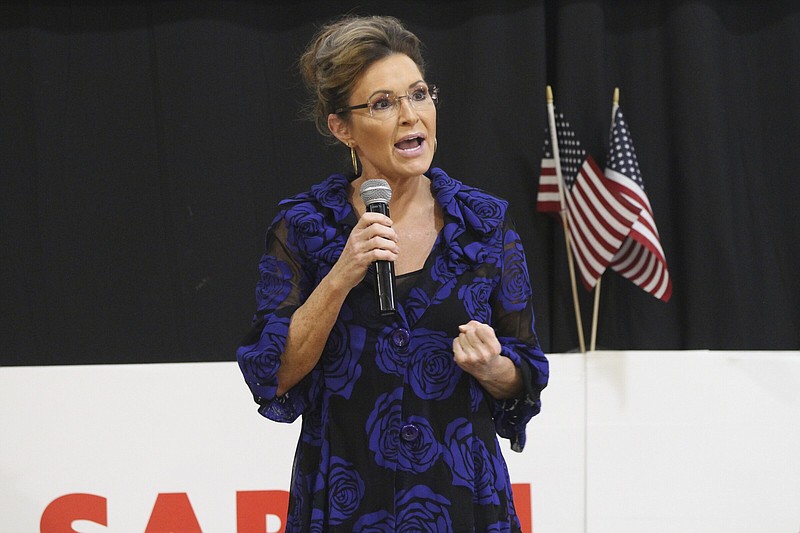JUNEAU, Alaska -- The special primary for Alaska's only U.S. House seat moved forward as planned Saturday after a tense legal fight over ballot access issues that had cast a shadow over the election.
The legal drama was the latest twist in what has already been an extraordinary election, packed with 48 candidates running for the seat left vacant by the death in March of U.S. Rep. Don Young. Young, a Republican, held the seat for 49 years.
The Alaska Supreme Court on Saturday reversed and vacated a lower court order that barred state elections officials from certifying the results of the special primary until visually impaired voters were given a "full and fair" opportunity to participate.
Attorneys for the state had interpreted Friday's order from Superior Court Judge Una Gandbhir as preventing elections officials from concluding voting as scheduled on Saturday. They asked the supreme court to reverse the order.
The high court said an explanation of its reasoning would follow at a later time.
Gandbhir on Friday ruled that Alaska elections officials could not certify the results of the by-mail special primary until visually impaired voters "are provided a full and fair opportunity to participate" in the election. She did not specify what that would entail.
The ruling came in a case filed earlier last week by Robert Corbisier, executive director of the Alaska State Commission for Human Rights. Corbisier sued state elections officials on behalf of a person identified as B.L., a registered voter in Anchorage with a visual impairment.
Attorneys for Corbisier said the election lacks options that would allow people with visual impairments to cast ballots "without invasive and unlawful assistance from a sighted person." Attorneys for the state said that adequate methods for secret voting were available.
An attorney for Corbisier did not respond to a request for comment.
This is the first election under a system approved by voters in 2020 that ends party primaries and uses ranked choice voting in general elections.
Prominent candidates include former Gov. Sarah Palin, Nick Begich, Tara Sweeney and Josh Revak, all Republicans; independent Al Gross; and Democrats Christopher Constant and Mary Peltola. A self-described "independent, progressive, democratic socialist" whose legal name is Santa Claus has gotten attention but has not been raising money.
Each voter picks one candidate in the special primary, which will whittle the list from 48 to four. The four candidates who win the most votes advance to a special election in which ranked choice voting will be used. The winner of the special election will serve the rest of Young's term, which ends in January.
The special election is set to coincide with the Aug. 16 regular primary. The regular primary and November general election will decide who serves a two-year term beginning in January.
The special primary is mainly being conducted by mail, which elections officials said they opted for given the tight timeline to hold an election after Young's death.
As of Friday afternoon, about 130,000 ballots had been returned to the Division of Elections. Ballots began going out in late April.
